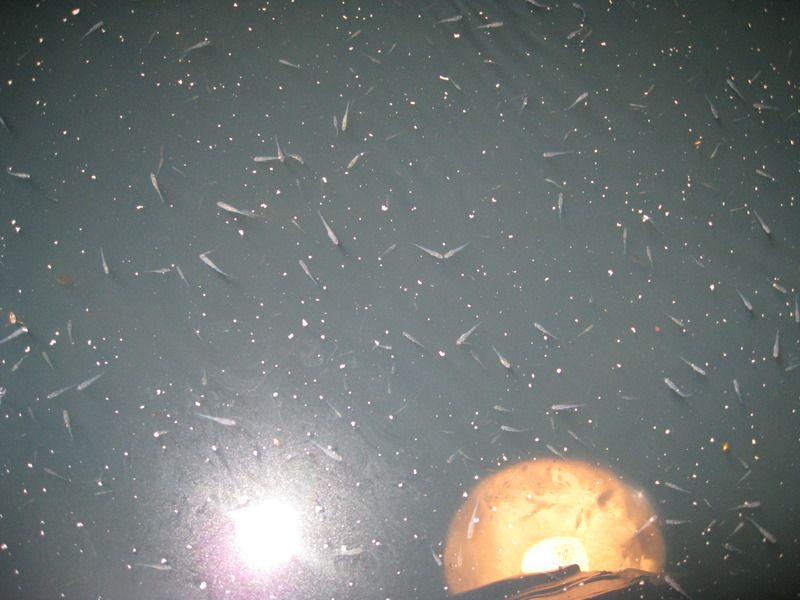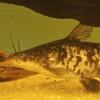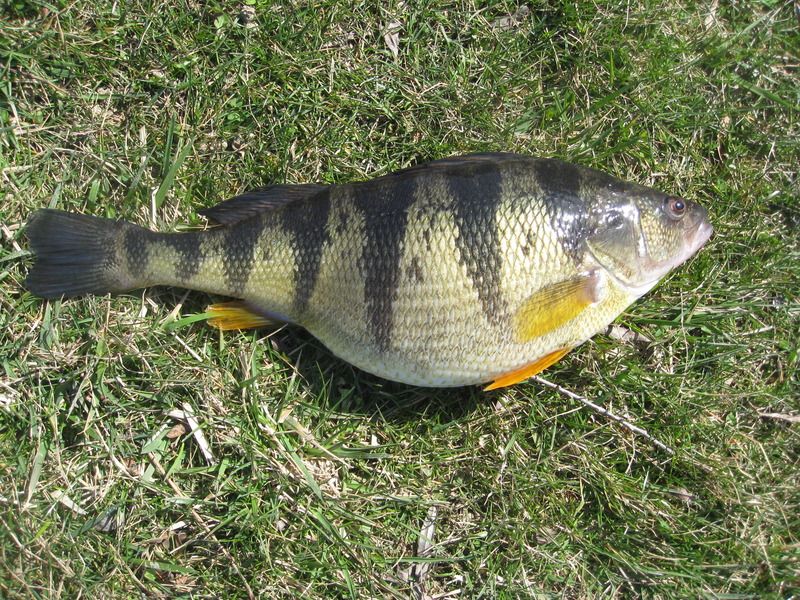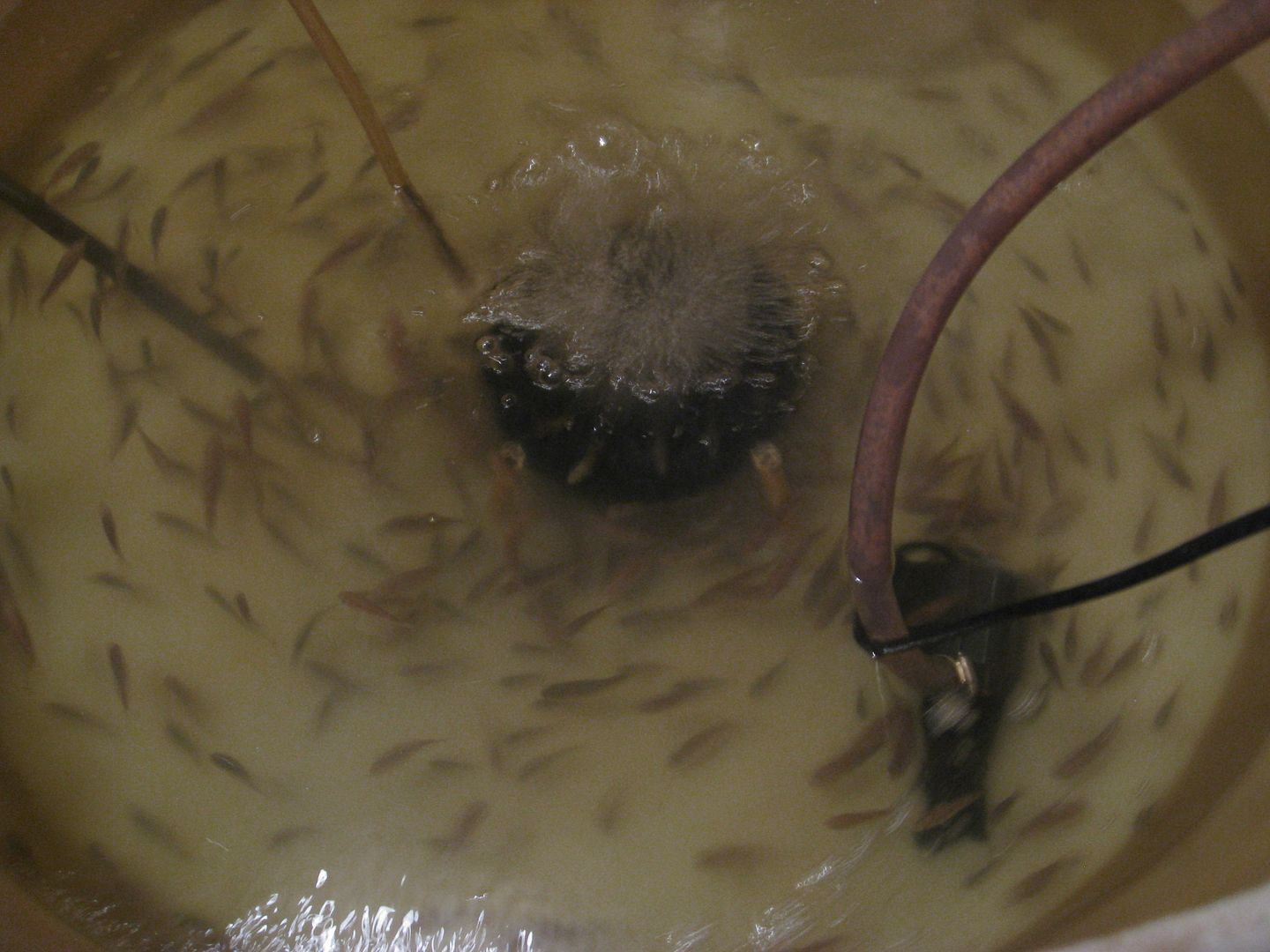Had a heck of a time getting a bloom going in my yellow perch hatchery pond this year. No doubt below normal temps, competition with Chara, some pond weeds, and filamentous algae, had a lot to do with it. Tried treating all of those with herbicides to no avail, and was fertilizing once a week. Was even adding waste water from a tilapia tank. At one point the pond was gin clear like a swimming pool.
I was sure yellow perch production this year was gong to be a bust but was amazed when I set up a light on the pier with a belt feeder providing fry power how many fry I'm seeing. I'm seeing thousands of fry. I was sure what was in the pond was starving to death but the fry look healthy and they are normal size considering the hatch was late this year.
As we all know even in clear water there is photo and zooplankton, but there sure can't be much!
Here are some pictures:
Just a small number of the thousands under the light.
The belt feeder and clamp on light:
I've since secured it better and water proofed it.














